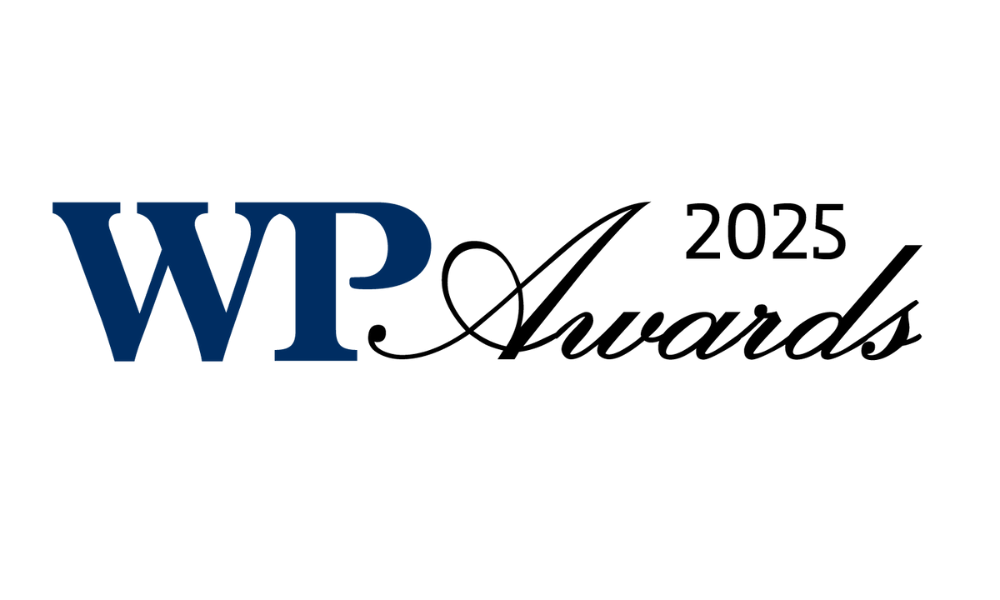Fraudsters are adding artificial intelligence into their toolbox of sophisticated methods to target companies and individuals

The threat to Canadian individuals and companies from cyber-attacks has never been higher as criminals use increasingly sophisticated methods.
And while the world is waiting to see whether artificial intelligence (AI) will be a net positive or net negative for our lives, cyber criminals have decided it’s a winner for them.
A new report from PwC Canada reveals the evolving cyber threat landscape in the last year which has been exacerbated by geopolitics, economic volatility, and the acceleration of digitalization over recent years.
More than 1 in 10 Canadian CEOs believes their company will be either highly or extremely exposed to cyber risks over the next 12 months—18% over the next 5 years.
"Even as threat actors look to use new technological innovations and AI to enhance their cyberattack capabilities, AI can be used to enable organizations to quickly detect and mitigate potential threats," says Umang Handa, partner, National Cybersecurity Managed Services Leader, PwC Canada. "In 2023 and beyond, organizations will need to embrace a more holistic approach to cyber security to manage the complexity of the rapidly evolving cyber threat landscape."
Five evolving risks
The report highlights five key trends that are shaping the Canadian cyber threat landscape:
-
AI will reshape the cyber threat landscape
Last year saw rapid developments in AI-powered cyberattacks and mainstream developments, such as generative AI platforms and solutions, could become targets in the years ahead. That will require organizations to ensure they have robust controls and defences in place to mitigate the risk. -
Sophistication of ransomware operators
In 2023, ransomware will be one of the most critical cyber threats to Canadian organizations with an expectation of criminals using increasingly sophisticated strategies to disrupt organizations and drive larger ransom demands. -
Data breaches will remain a key threat
Data breaches will likely continue to be a big threat for Canadian organizations—particularly breaches that are the result of third-party compromise. Organizations will need to consider security risks associated with supply chain partners and other third parties. -
Geopolitical tensions
Ongoing conflict and tension between nation states will raise cyber risk levels and drive an increasing number of cyberattacks. The targets of these attacks won't necessarily be limited to opposing governments—organizations operating in critical infrastructure and key industries could also find themselves at risk. -
Threats focused on IoT and OT devices will increase quickly
The power that Internet-of-Things (IoT) and operational technology (OT) devices offer, make them a target for threat actors looking to disrupt business operations, public safety and national security.



